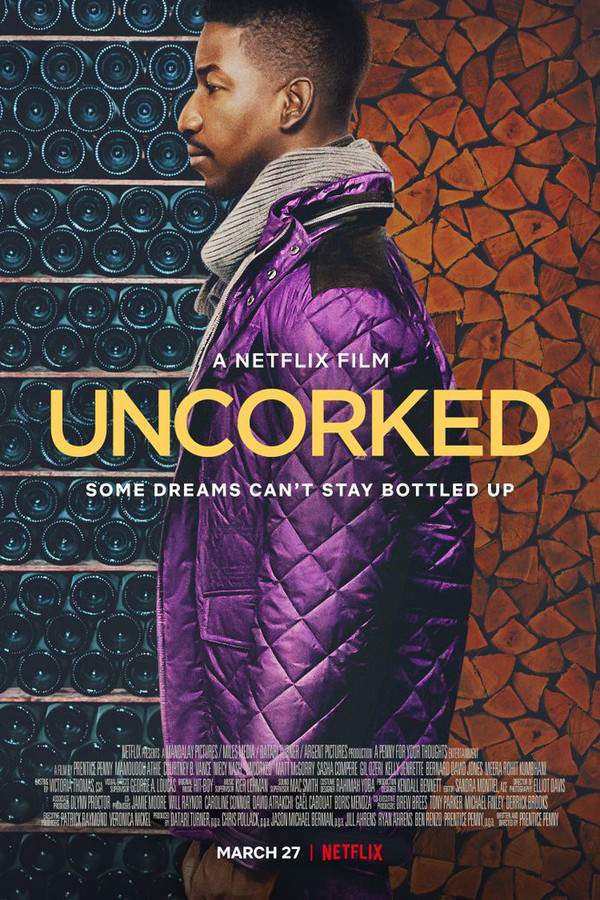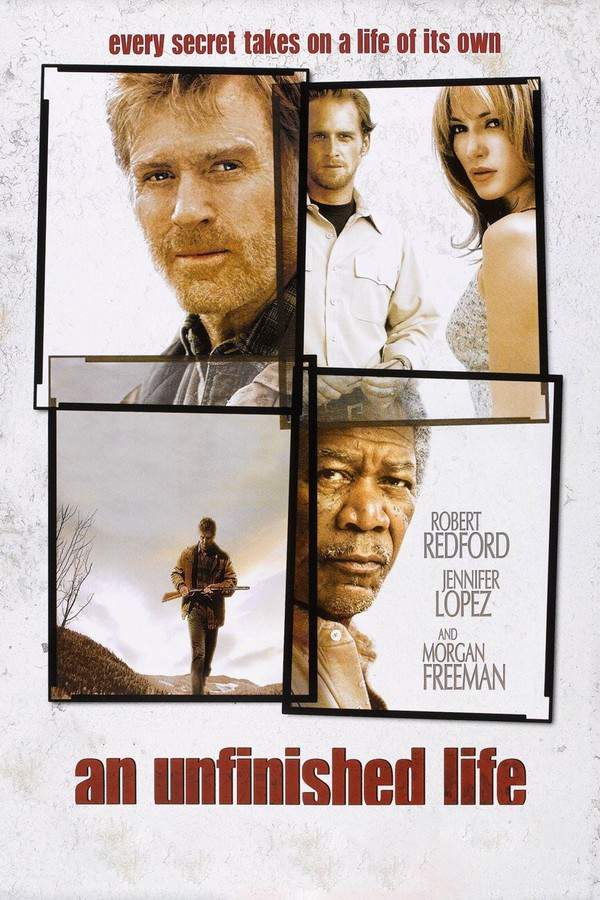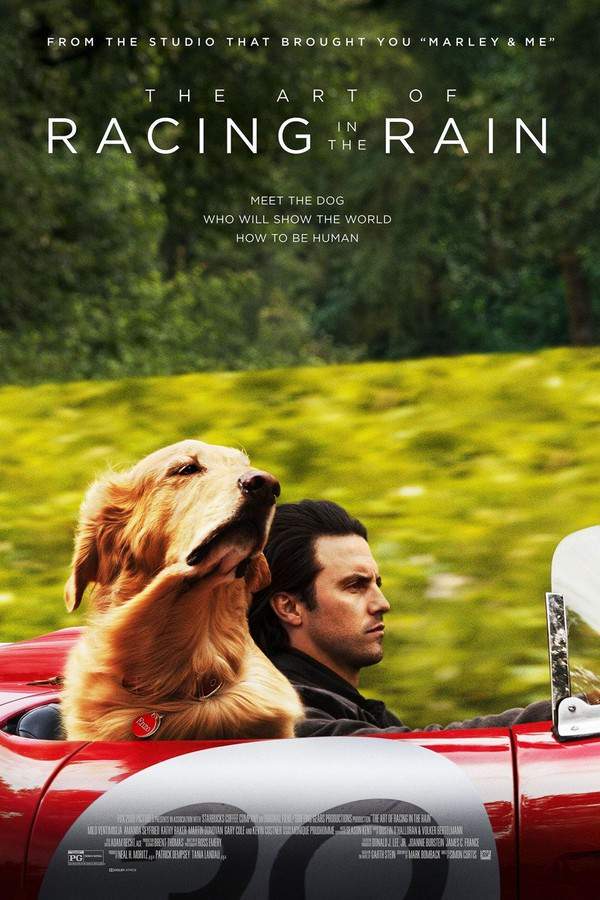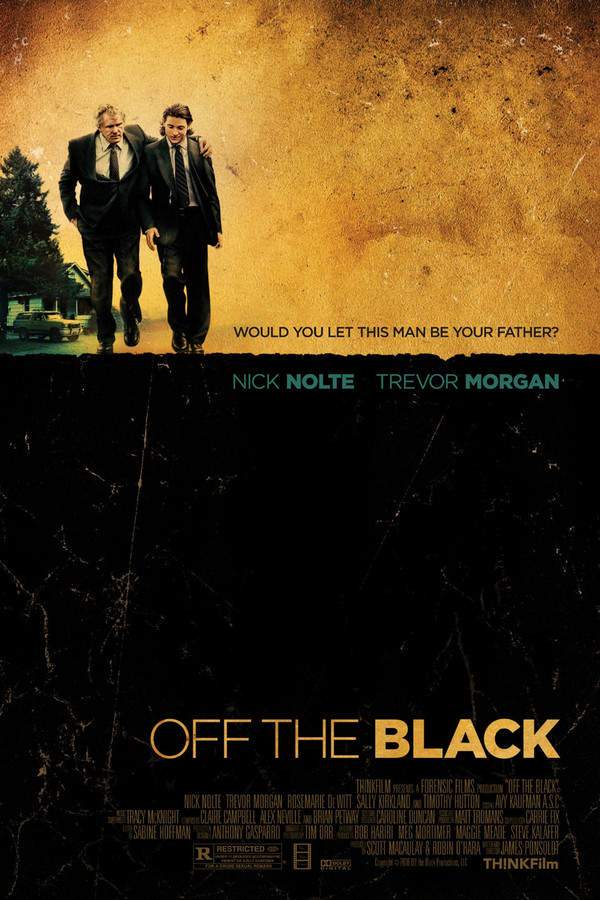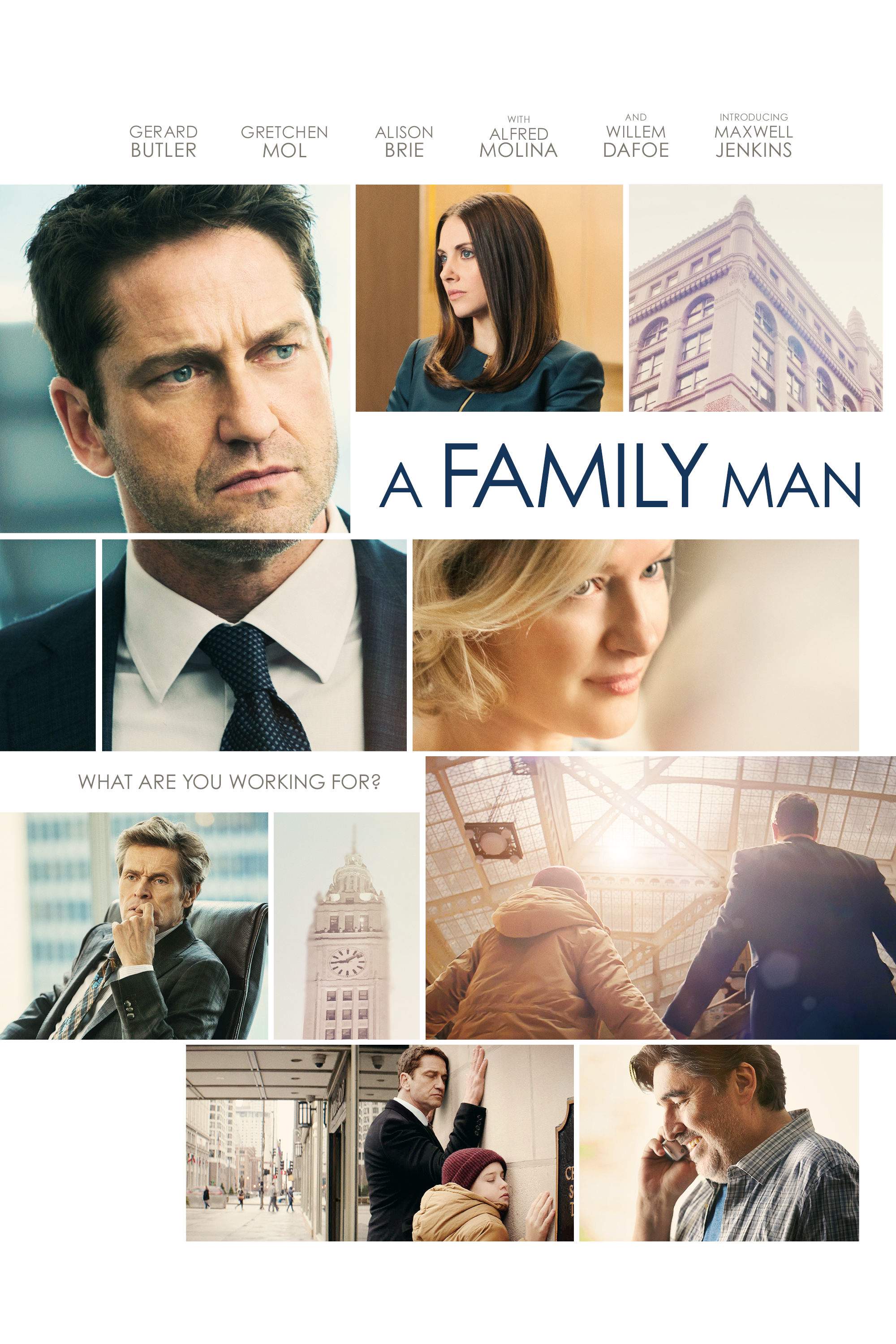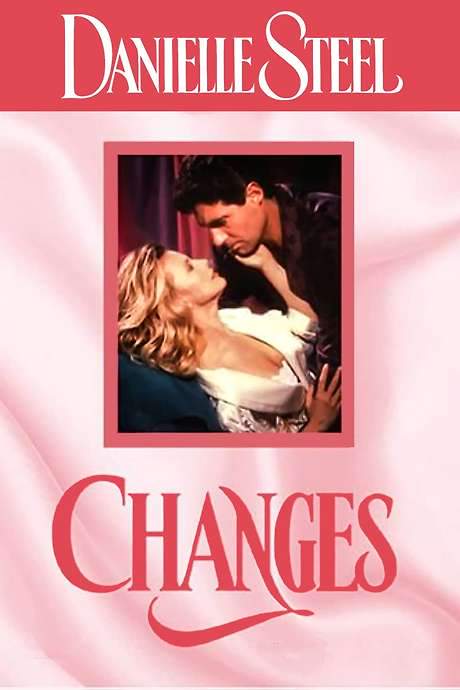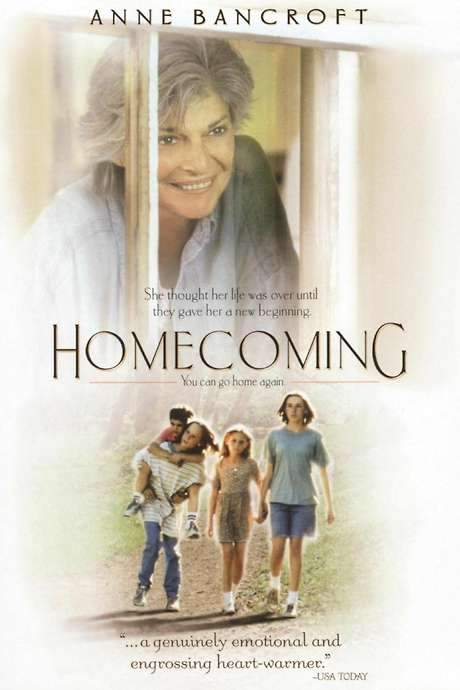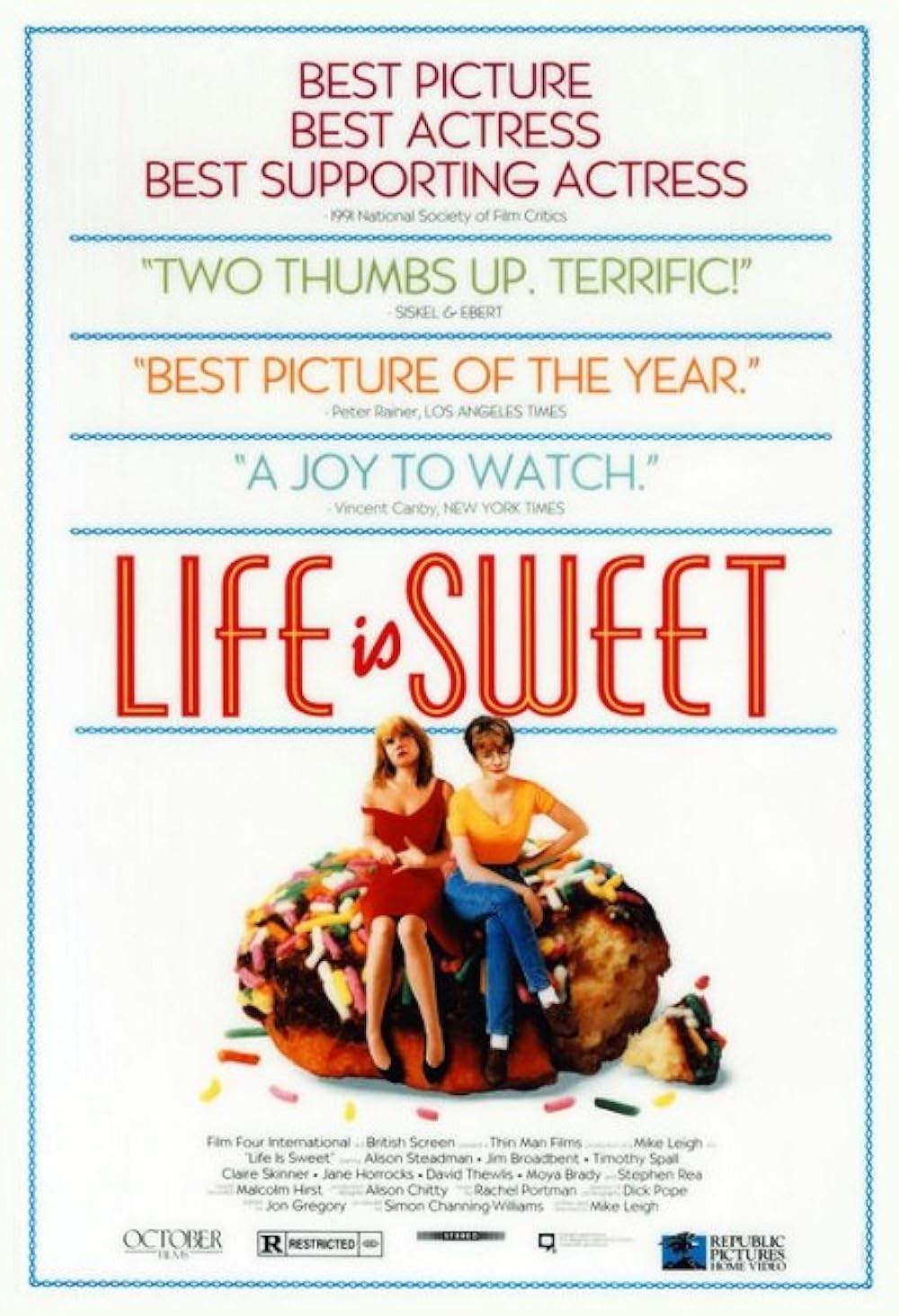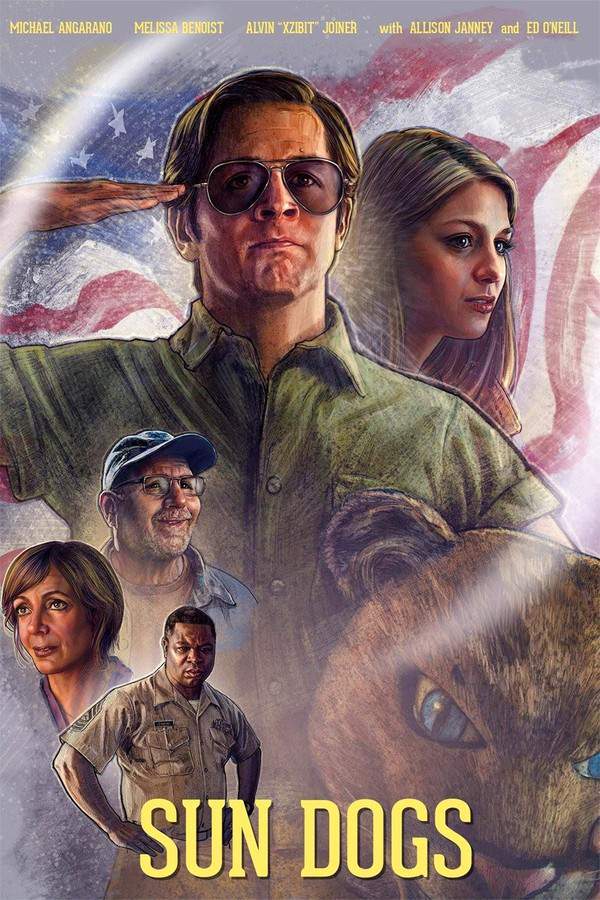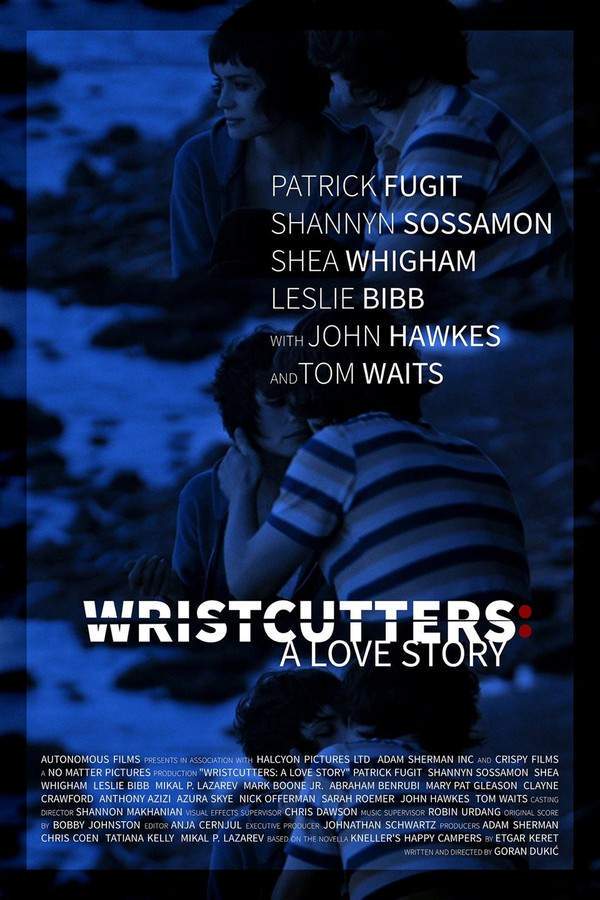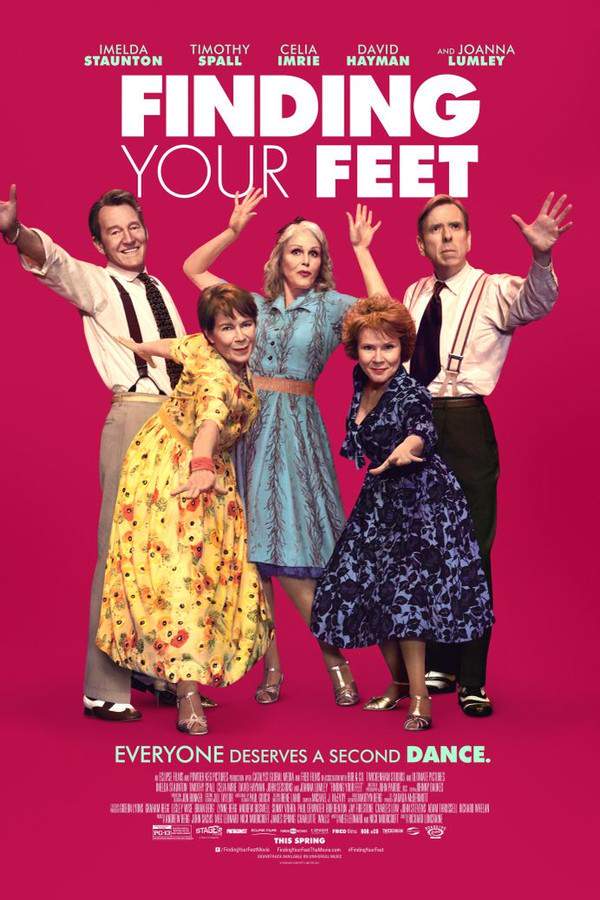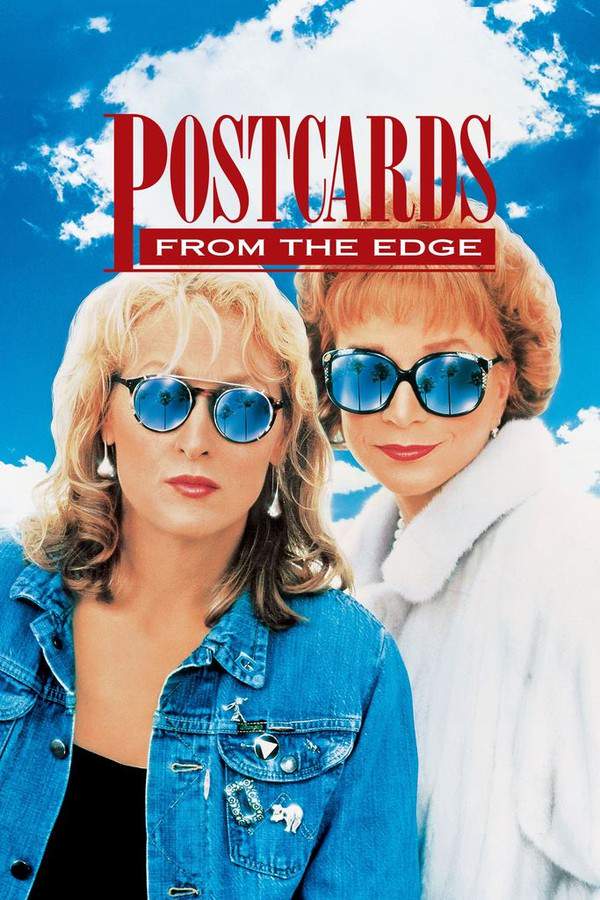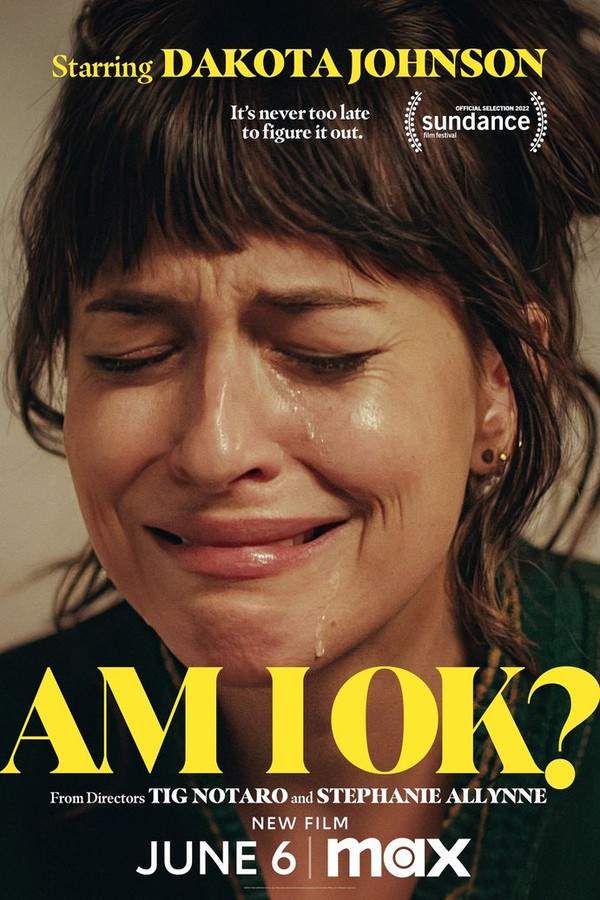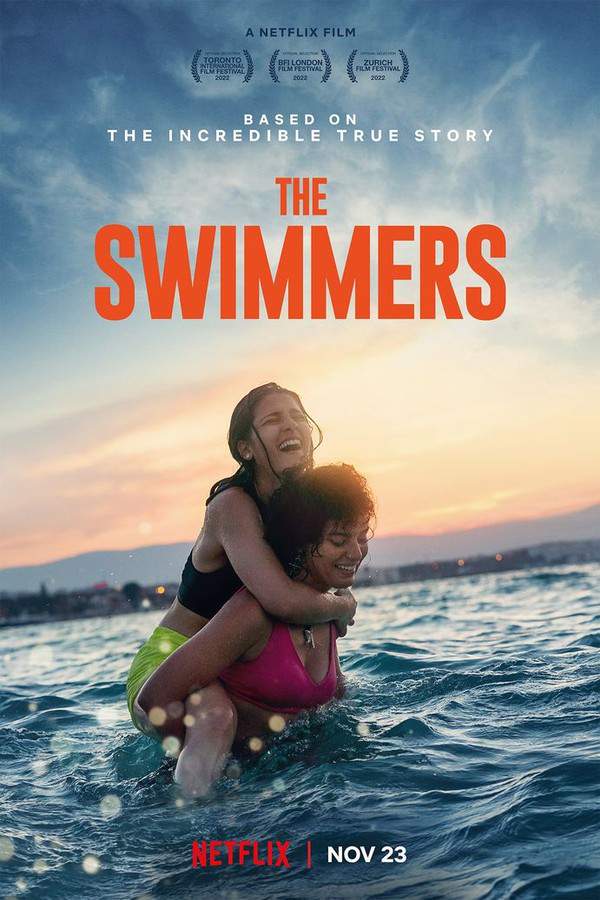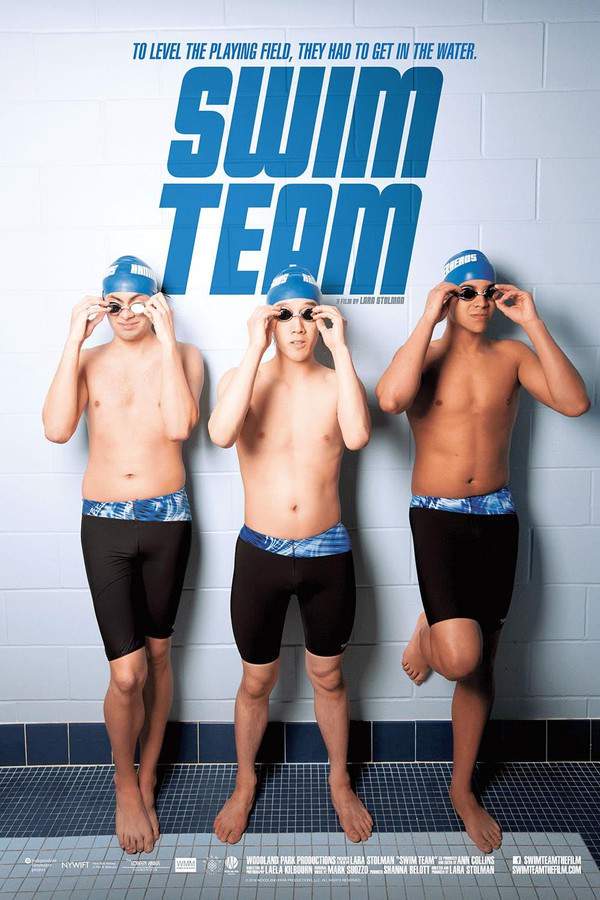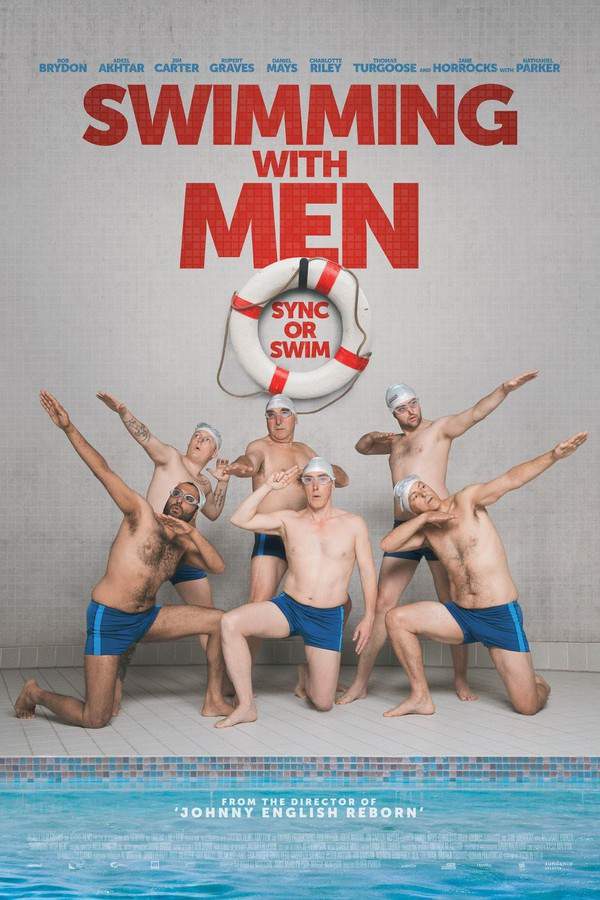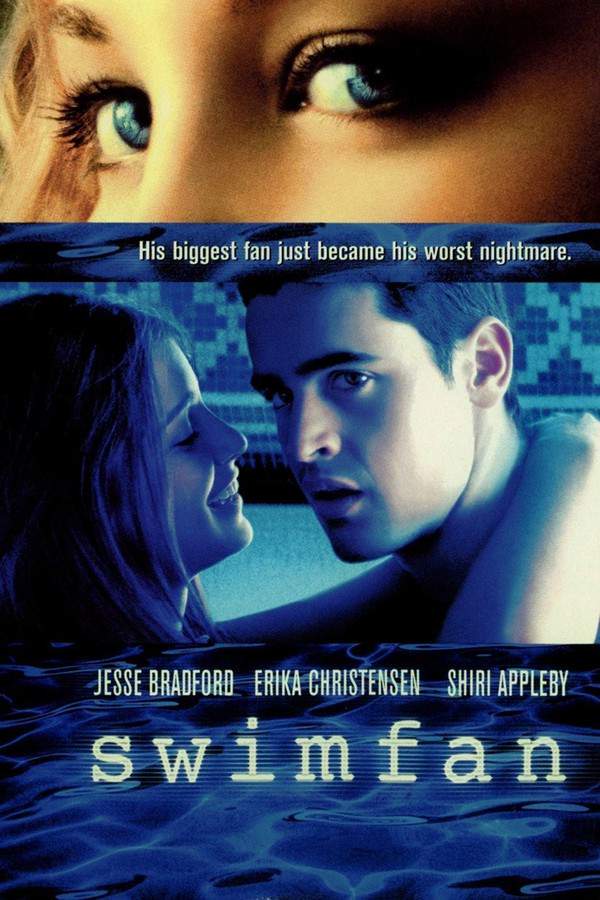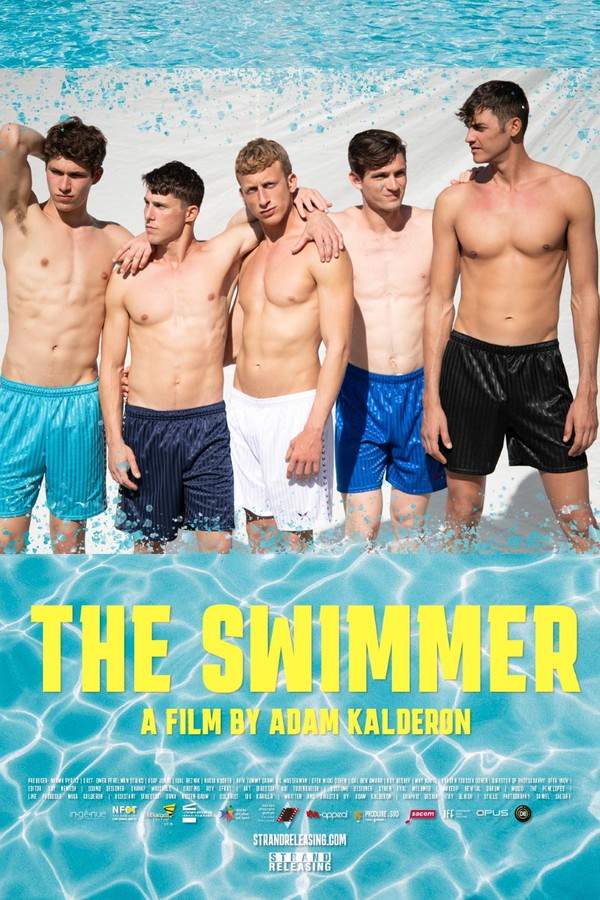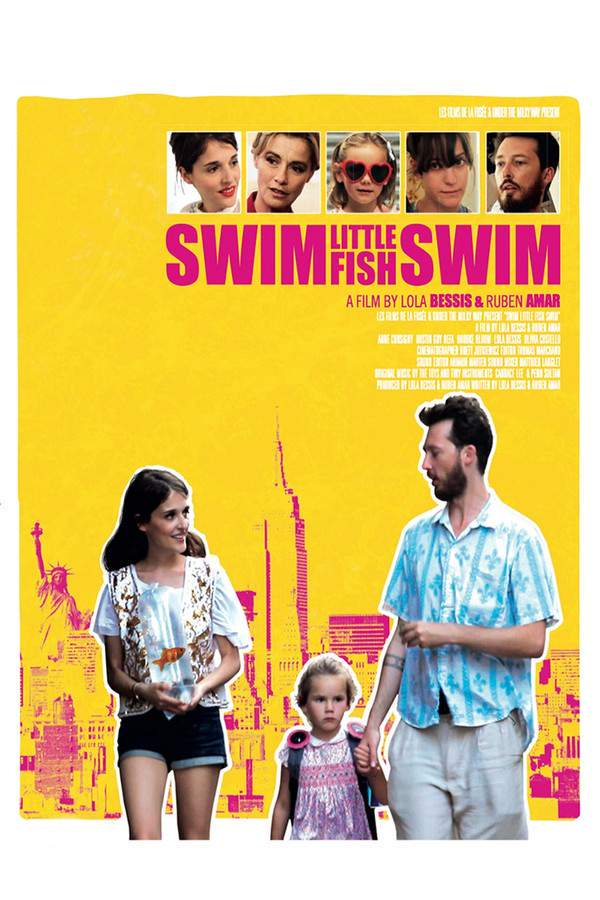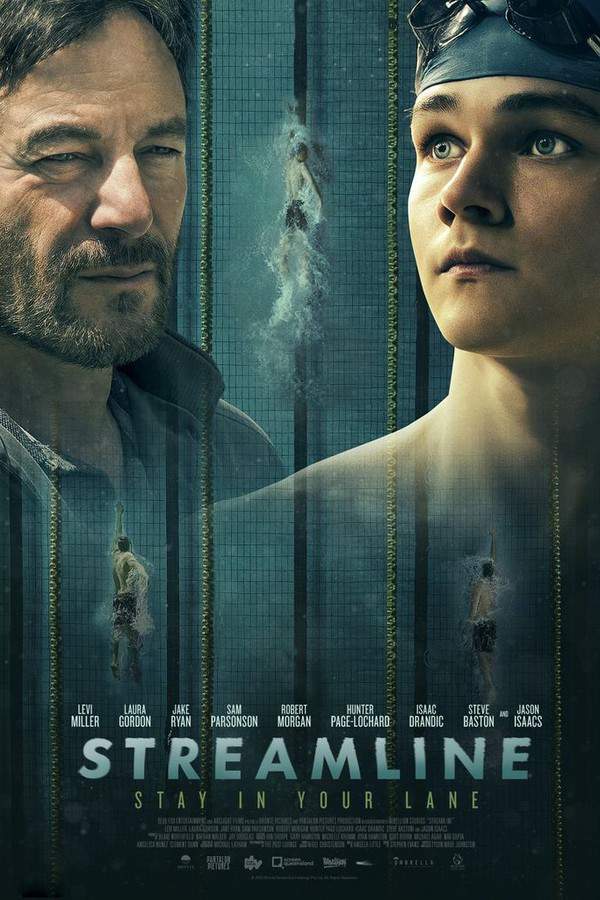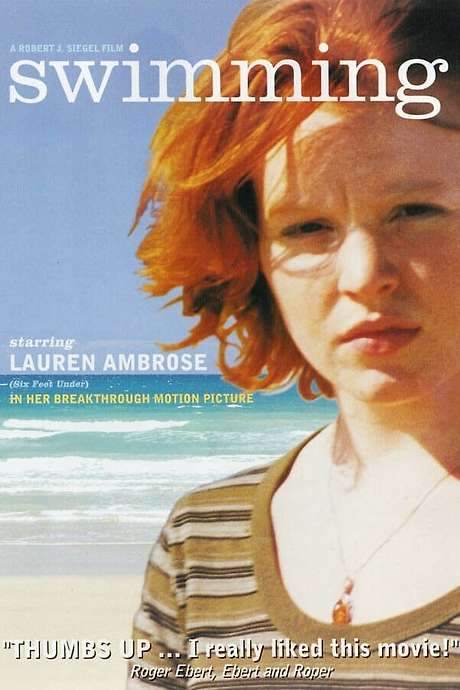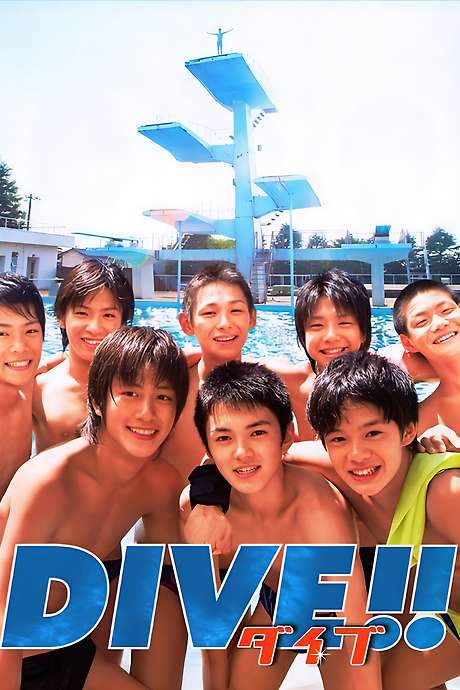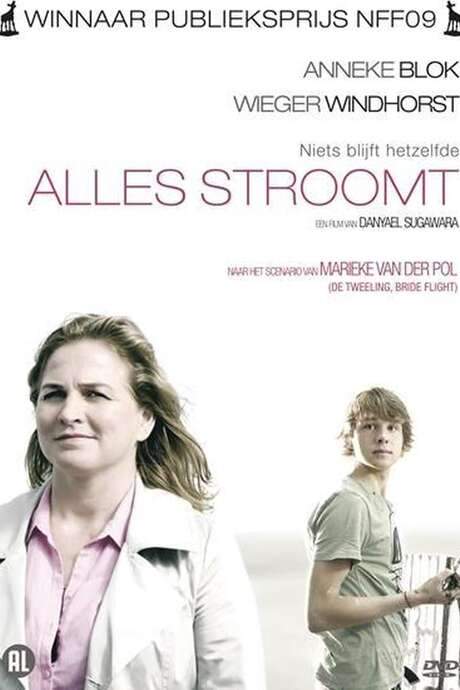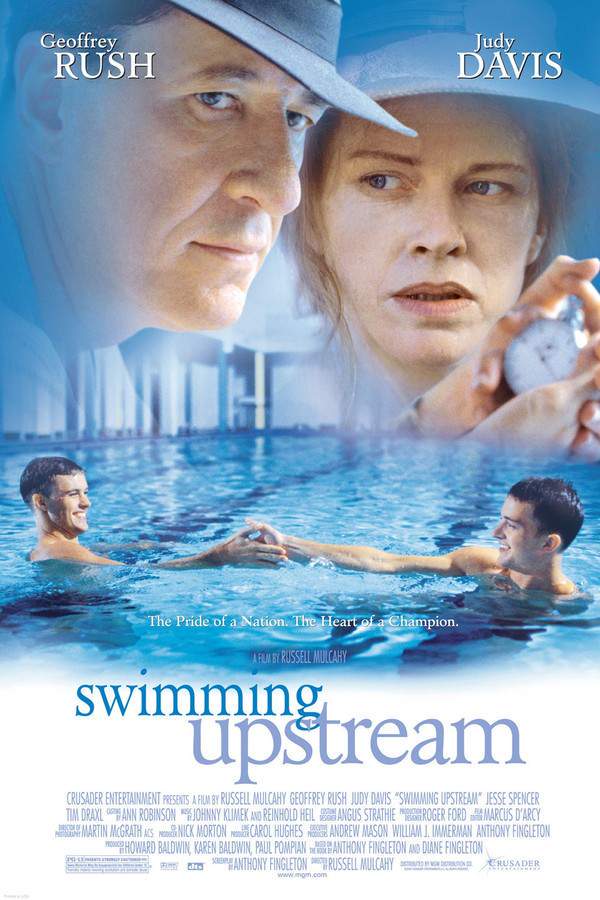
Swimming Upstream
Year: 2005
Runtime: 114 min
Language: English
Director: Russell Mulcahy
This Australian biographical film follows Tony Fingleton, who struggles to establish his identity within a large and challenging family, seeking his father’s approval. Driven to pursue competitive swimming, Tony’s journey is one of confronting personal insecurities and uncovering inner resilience. Through dedication and perseverance, he strives to earn his father's respect and ultimately finds a path to self-discovery.
Warning: spoilers below!
Haven’t seen Swimming Upstream yet? This summary contains major spoilers. Bookmark the page, watch the movie, and come back for the full breakdown. If you're ready, scroll on and relive the story!
Swimming Upstream (2005) – Full Plot Summary & Ending Explained
Read the complete plot breakdown of Swimming Upstream (2005), including all key story events, major twists, and the ending explained in detail. Discover what really happened—and what it all means.
The cinematic narrative unfolds over a decade-long journey, tracing the life of Anthony Fingleton, starting from his childhood in Brisbane, Australia, during the mid-1950s, all the way to the significant day of the men’s 100m backstroke final at the 1964 Summer Olympics. As the second of five children in a working-class family led by his parents, Harold and Dora Fingleton, Tony grew up in a home plagued by dysfunction. The emotional scars left on Harold from his childhood, marked by the degradation of his mother as a prostitute, deeply impacted the familial dynamics. This trauma manifested itself in the form of physical and emotional abuse directed towards Dora and their children, with Tony suffering the most, especially given Harold’s tendency to favor those who excelled in sports.
In a desperate effort to cope, each of the five siblings devised their own means of self-preservation, sometimes at the cost of family unity. The local swimming pool became a sanctuary for the younger four, offering them a respite from their turbulent home life. However, things took a turn when Tony and his younger brother, John, showcased their swimming talents, garnering their father’s attention as he took it upon himself to train them. Despite Tony’s relentless efforts, he struggled to gain Harold’s approval, who instead directed his praise towards John, encouraging a rivalry that saw Tony pushed ever harder. Following a fierce competition between the brothers in state finals, their relationship deteriorated, leading Tony to retreat into solitary training, where he remarkably secured second place at the 1962 British Empire and Commonwealth Games without any support from his father, who had grown increasingly withdrawn and reliant on alcohol. Meanwhile, John’s failure to qualify for the Olympics only deepened the rift between them, prompting him to abandon competitive swimming.
As Tony approached a crossroads in life, he grappled with the immense pressure of upholding his father’s legacy while revealing to his mother that swimming had become his escape from the clutches of poverty in Brisbane. This realization dawned on him after his impressive medal achievement at the Commonwealth Games, which earned him a coveted sports scholarship to Harvard University. Faced with the opportunity to represent Australia on an international stage, Tony made the audacious choice to swap his national colors for a crimson and white varsity jacket, prioritizing his education at Harvard instead.
The film reaches its climax at the revered grounds of Cambridge, where Tony glides through the water with enviable skill, his backstroke a shining example of his hard work and dedication. Achieving a personal best, memories of his challenging childhood course through his mind like a cinematic montage, reflecting on his struggles, sacrifices, and unwavering resolve that propelled him to this point.
Simultaneously, the 1964 Olympics play out on nearby television screens, bringing with them the iconic image of Dawn Fraser, a poignant reminder of the unchosen paths in life. Tony’s coach poses a thought-provoking question, asking if he would have preferred to swim among the world’s elite at the Tokyo Games. However, Tony’s response is unwavering: > “I’m exactly where I want to be.” At last, he has liberated himself from the constraints of his dysfunctional upbringing, standing ready to embrace a promising academic and professional future, as indicated in the film’s closing credits.
Last Updated: November 21, 2024 at 10:18
Explore Movie Threads
Discover curated groups of movies connected by mood, themes, and story style. Browse collections built around emotion, atmosphere, and narrative focus to easily find films that match what you feel like watching right now.
Movies about sports as an escape from family turmoil like Swimming Upstream
Using sports to overcome a difficult and oppressive family life.If you liked the story of perseverance in Swimming Upstream, discover more movies where athletes use their sport to overcome a turbulent home life. These films blend the drama of family conflict with the inspiring journey of athletic ambition and personal triumph.
Narrative Summary
The narrative pattern centers on a protagonist, often a young person, who faces significant adversity within their family unit—such as an abusive parent, poverty, or neglect. They find solace and structure in a sport, using the rigorous training and competition as a vehicle to build self-esteem and eventually break free from their oppressive circumstances. The climax is often a triumphant athletic achievement that symbolizes personal liberation.
Why These Movies?
Movies are grouped here because they share the powerful thematic combination of sports and family drama, focusing on resilience and self-empowerment. They balance the heavy emotional weight of a difficult upbringing with the cathartic, uplifting payoff of athletic success and personal growth.
Cathartic self-discovery dramas with hopeful endings like Swimming Upstream
Emotionally challenging journeys that lead to a hopeful and liberating self-realization.For viewers who appreciated the emotional resilience and hopeful ending of Swimming Upstream, this thread collects movies about difficult journeys that lead to cathartic self-discovery. These films are often bittersweet but ultimately uplifting character studies.
Narrative Summary
The narrative unfolds as the protagonist endures a period of significant struggle, which could be emotional, familial, or societal. This struggle forces them to confront their insecurities and weaknesses. Through perseverance and introspection, they gradually uncover their inner strength and redefine their identity separate from their past or the expectations of others, culminating in a satisfying and hopeful resolution.
Why These Movies?
These films are grouped by their shared emotional arc: they begin with a weighty challenge and navigate through it with a steady, introspective pace, leading to a conclusion that feels earned and liberating. The blend of sadness and hope creates a profoundly bittersweet and cathartic viewing experience.
Unlock the Full Story of Swimming Upstream
Don't stop at just watching — explore Swimming Upstream in full detail. From the complete plot summary and scene-by-scene timeline to character breakdowns, thematic analysis, and a deep dive into the ending — every page helps you truly understand what Swimming Upstream is all about. Plus, discover what's next after the movie.
Swimming Upstream Timeline
Track the full timeline of Swimming Upstream with every major event arranged chronologically. Perfect for decoding non-linear storytelling, flashbacks, or parallel narratives with a clear scene-by-scene breakdown.

Characters, Settings & Themes in Swimming Upstream
Discover the characters, locations, and core themes that shape Swimming Upstream. Get insights into symbolic elements, setting significance, and deeper narrative meaning — ideal for thematic analysis and movie breakdowns.

Swimming Upstream Spoiler-Free Summary
Get a quick, spoiler-free overview of Swimming Upstream that covers the main plot points and key details without revealing any major twists or spoilers. Perfect for those who want to know what to expect before diving in.

More About Swimming Upstream
Visit What's After the Movie to explore more about Swimming Upstream: box office results, cast and crew info, production details, post-credit scenes, and external links — all in one place for movie fans and researchers.

Similar Movies to Swimming Upstream
Discover movies like Swimming Upstream that share similar genres, themes, and storytelling elements. Whether you’re drawn to the atmosphere, character arcs, or plot structure, these curated recommendations will help you explore more films you’ll love.
Explore More About Movie Swimming Upstream
Swimming Upstream (2005) Scene-by-Scene Movie Timeline
Swimming Upstream (2005) Movie Characters, Themes & Settings
Swimming Upstream (2005) Spoiler-Free Summary & Key Flow
Movies Like Swimming Upstream – Similar Titles You’ll Enjoy
The Swimmers (2022) Detailed Story Recap
Swim Team (2017) Full Summary & Key Details
Swimming with Men (2018) Full Movie Breakdown
Swimfan (2002) Plot Summary & Ending Explained
Personal Best (1982) Ending Explained & Film Insights
The Swimmer (2022) Spoiler-Packed Plot Recap
Swim Little Fish Swim (2014) Spoiler-Packed Plot Recap
Streamline (2022) Detailed Story Recap
Swimming (2000) Complete Plot Breakdown
The Big Bad Swim (2006) Complete Plot Breakdown
The Coolangatta Gold (1984) Plot Summary & Ending Explained
Swimming for Gold (2020) Movie Recap & Themes
The Swimmer (1968) Film Overview & Timeline
DIVE!! (2008) Complete Plot Breakdown
Upstream (2009) Story Summary & Characters

